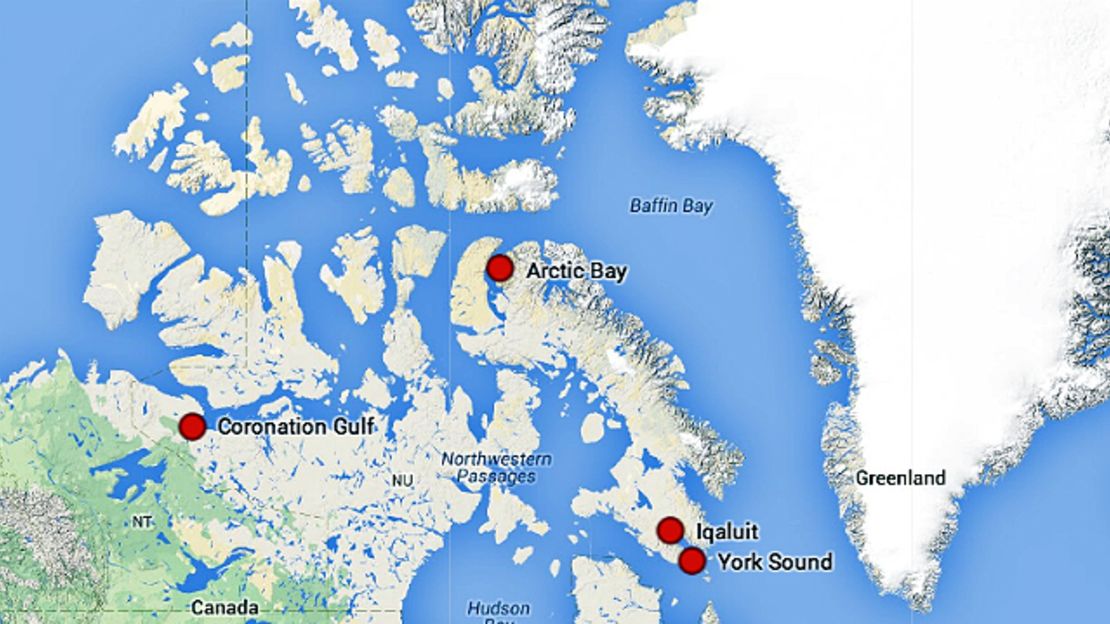Story highlights
HMS Terror vanished while searching for the Northwest Passage
The Arctic Research Foundation says it spotted the vessel off King William Island in the Arctic
HMS Terror, a long-lost ship that vanished while searching for the Northwest Passage, sparking one of the world’s great maritime mysteries, has been found almost 170 years on.
The Arctic Research Foundation said it spotted the vessel, part of Sir John Franklin’s polar expedition, on the sea bed off King William Island in the Canadian Arctic.
“If you could lift this boat out of the water, and pump the water out, it would probably float,” foundation spokesman Adrian Schimnowski said.
Schimnowski said the ship was found in nearly pristine condition in about 80 feet of water, with most windowpanes still intact.

The discovery came with the help of an Inuit ranger who told Schimnowski about seeing a mast protruding through the ice one day while on a fishing trip seven years ago.
“What’s great about this discovery is that the search for this vessel was led by an Inuit story that had great validity and truth to it,” Schimnowski said.
Forensic archaeologists studied images and film of the wreckage to confirm it was the HMS Terror.
“We do not take anything away from the site,” Schimnowski said. “It is a sacred site. It has to be respected.”
Has maritime mystery been solved?
Tragic end to voyage
HMS Terror and its sister ship, HMS Erebus, together with a total of 129 men, disappeared in the late 1840s while under the command of British explorer Sir John Franklin.
The Franklin Expedition set sail from England on May 19, 1845, planning to search for, and sail through, the Northwest Passage, from the Atlantic Ocean to the Pacific, through the islands of the Arctic Archipelago.
But the voyage was to end in tragedy.

The vessels became stuck fast as the icy seas froze around them. With supplies running low, their crews abandoned ship in April 1848.
Already thought to have been weakened by badly preserved tinned food, the men died one by one, on an ill-fated attempt to walk south to safety, across the vast and unforgiving Arctic wastelands.
Search parties were sent out year after year, but found only the skeletons of some of the sailors, and diaries explaining what had happened to them.
HMS Erebus was found on the ocean floor off King William Island in September 2014.
The mystery of the missing ship
Unsolved mystery of lost ‘ghost ships’
Excitement at discovery
News of the Arctic Research Foundation’s discovery was hailed by Parks Canada, which has led previous searches for the ships.
“Parks Canada’s Underwater Archaeology Team wishes to recognize the essential role of Inuit knowledge, specifically members of the community of Gjoa Haven, in the discoveries of both HMS Erebus and HMS Terror,” it said in a statement.
John Geiger, CEO of Canadian Geographic and author of “Franklin’s Lost Ship: The Historic Discovery of HMS Erebus” tweeted his congratulations to all of those involved in the latest find.
High Arctic: By sea into a frozen, fragile world
Arctic education: World’s northernmost university is booming
CNN’s Ray Sanchez contributed to this report.





























